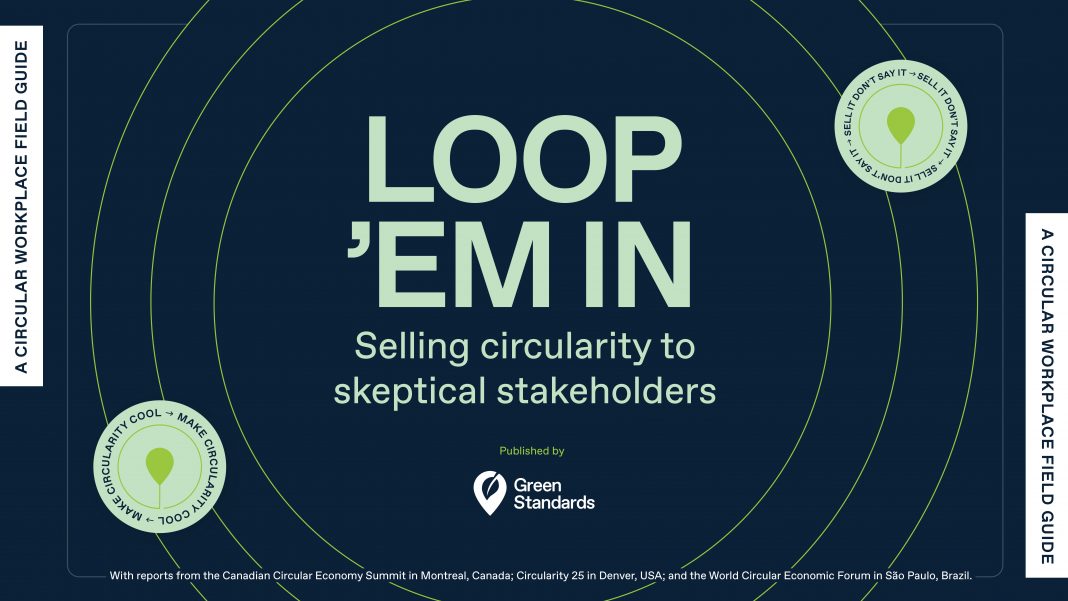How is a 98% landfill diversion rate attainable when moving out of old office spaces?
 Our interview with Heidi Frasure, Green Standards’ head of sustainability outlines strategies to keep millions of pounds of furniture and office-related products out of the landfill.
Our interview with Heidi Frasure, Green Standards’ head of sustainability outlines strategies to keep millions of pounds of furniture and office-related products out of the landfill.
Green Standards has a 16+ year commitment to donate, resell, relocate, and recycle office furniture, fixtures and equipment. They maximize the value of everything in your office and provide transparent impact reporting for all stakeholders.
“Loop ‘Em In: Selling Circularity to Skeptical Stakeholders” is Green Standards’ latest field guide to understanding and implementing sustainable decommissioning in your organization. Check out WDM’s interview with Heidi covering the highlights of the guide and where to download your copy today.
WDM: Before we dive into a review of your new field guide, “Loop ‘Em In: Selling Circularity to Skeptical Stakeholders,” tell us a little bit about Green Standards and your role there.
Heidi Frasure: Absolutely! Green Standards pioneered what we call sustainable decommissioning, which is a fancy way of saying we help businesses and governments keep everything in their offices in use and out of landfills. That usually means furniture, fixtures, and equipment, but we handle everything from fire hoses to forklifts. The puzzle we solve is what to do with this stuff. Working with some of the world’s largest companies, we focus on donating to local schools and non-profits, reselling what we can to defray costs, and finding the most reputable recyclers for what’s left. Each project is different, but after 16 years and more than 150 million square feet of office space decommissioned all over the world, we still average a 98% landfill diversion rate.
Just over a year ago, I stepped into the role of Head of Sustainability at Green Standards, but my connection to this work started long before that. I was working on circular economy strategies at Steelcase, and like so many in the industry, we were facing a common challenge: clients wanted new furniture, but they didn’t know what to do with the old. That’s when I first came across Green Standards. I was the one who vetted them, searching for a partner who could help us do better for our clients, and for the planet. Green Standards was and still is the best solution by far.
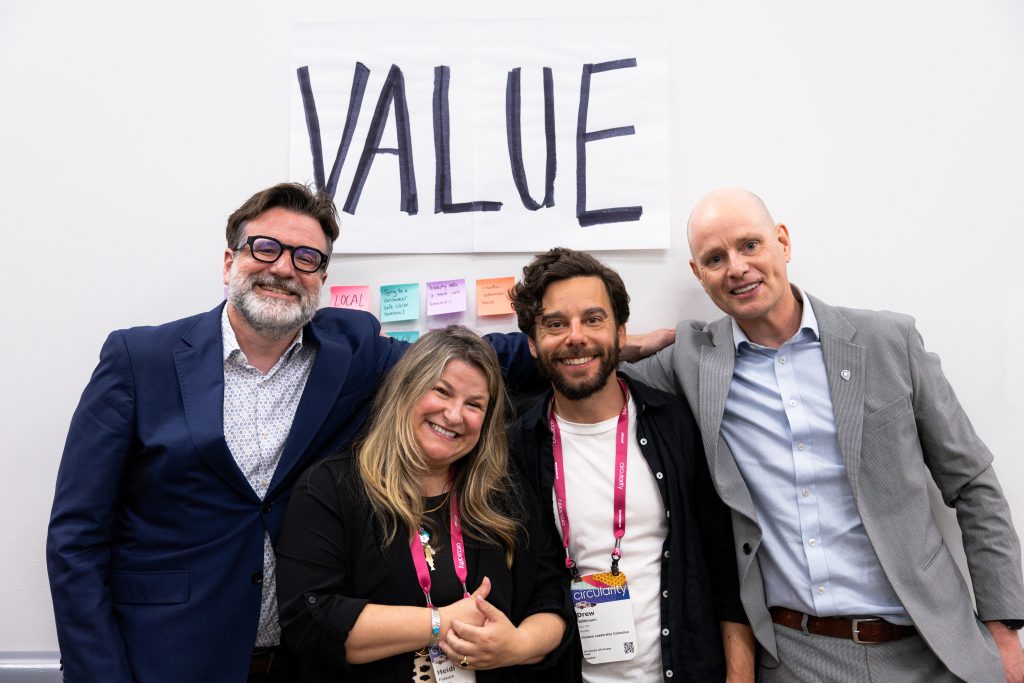
What struck me then, and continues to inspire me now, is the way this team sees opportunity where others see waste. I feel incredibly fortunate to have joined an organization that not only keeps millions of pounds of furniture out of landfill (260 million pounds to be exact) but also puts it to good use in local communities where it can make a real difference.
For me, the most meaningful part of this work is witnessing the transformation, seeing a room full of “unwanted” office furniture become a classroom for an underfunded school, or a nonprofit workspace to support a place of healing. It’s a reminder that the end of use doesn’t have to mean the end of value. Landfills don’t deserve your furniture, your communities do. At Green Standards, we’re proving that the circular economy isn’t just an idea, it’s a real, scalable solution. And I’m proud to be a part of it.
WDM: Circularity is fast becoming a buzz word. Please define what the circular economy means to a built environment audience and include a couple examples.
Heidi Frasure:
Circularity might be a trendy term right now, and that’s not a bad thing!
But the concept itself is nothing new. We’ve been practicing it for 16 years and people have been reusing and recovering materials for centuries. It just makes business sense, especially today, when resources are tighter and it’s getting harder (and more expensive) to source raw materials due to global and political challenges.
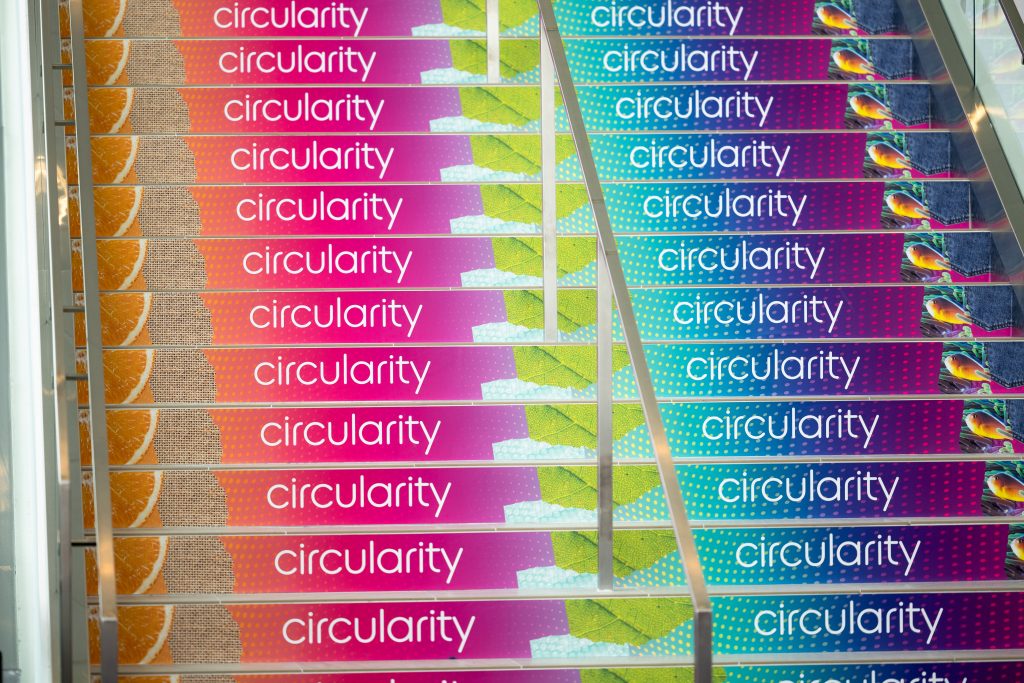
It’s encouraging to see more attention on reuse and waste reduction. But while buzzwords may come and go, landfill is permanent. That’s why we prioritize action over rhetoric. In the built environment, that means creating spaces that are resilient, flexible, and designed to maintain their value over time. And when those spaces are no longer in use, partnering with organizations like Green Standards helps ensure valuable assets are repurposed—not wasted—addressing one of the built environment’s most pressing challenges: reducing wasteful practices.
WDM: The title of your new field guide refers to skeptical stakeholders. Would you build a profile of who circularity stakeholders are, to give our readers some context of where they might fit into this picture?
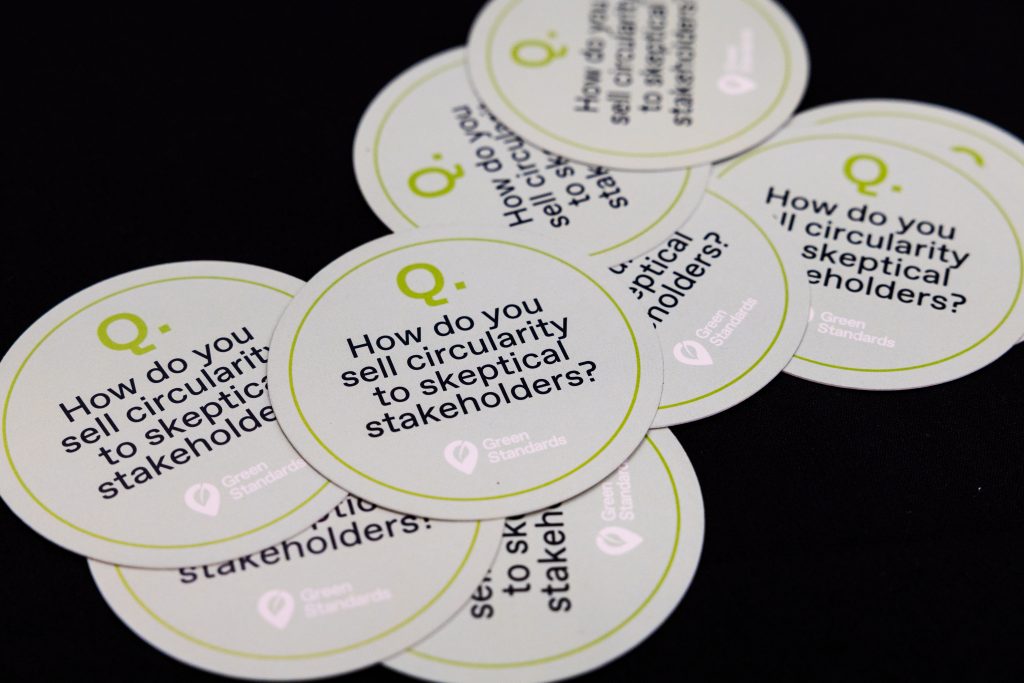
Heidi Frasure: Everyone has a role to play in the circular economy—even if they’ve never heard the term before. And that’s okay! If you’re relocating offices and would rather donate your old desk to a local school than toss it in a dumpster, you’re a stakeholder. If you’re a facility manager trying to cut costs during a renovation, you’re a stakeholder. If you’re a corporate real estate leader overseeing a portfolio of buildings, you’re in it too.
The circular economy is a system, and like any system, it only works when everyone involved shifts how they think and act. For decades, we’ve operated in a linear model: take, make, waste. Moving toward circularity means seeing value where we once saw waste, and finding smarter, more sustainable ways to manage resources.
For that shift to stick, stakeholders need to experience real benefits. The circular option has to be easier, more cost-effective, or less risky than the linear approach—ideally, all three. When it is, it becomes not just the right thing to do, but the obvious choice.
WDM: The field guide talks about three themes: engagement, value and resilience. We’d like to explore each of these from a built environment perspective.
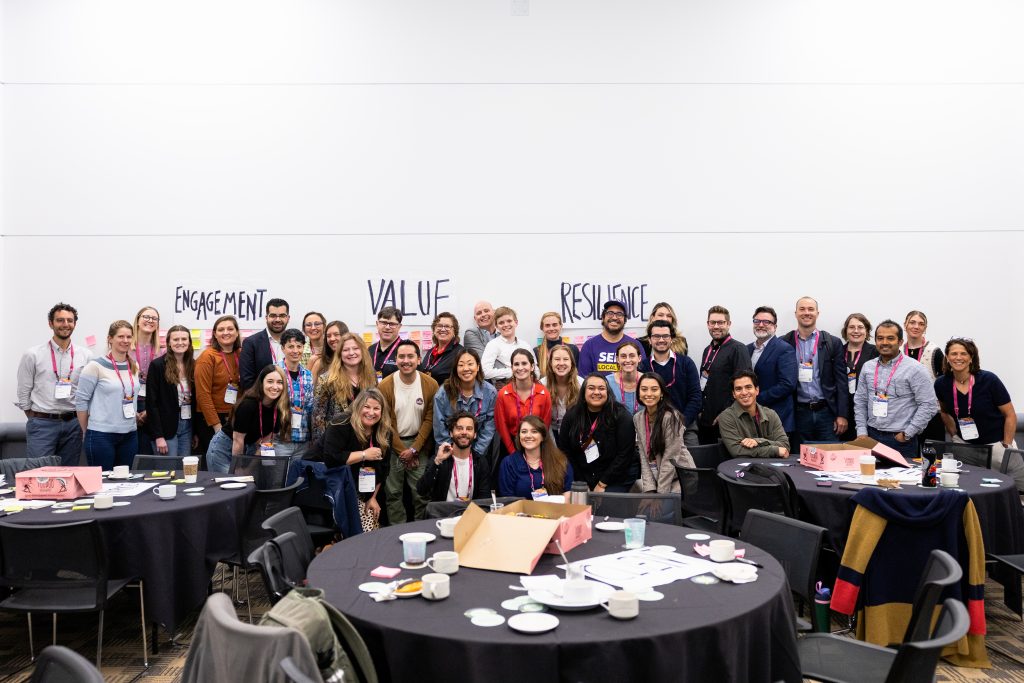
Regarding engagement: take us deeper into this notion that “circularity keeps you close to your customers.” How can those in the CRE (corporate real estate) space build relations with brands and products to deliver a clear advantage over linear alternatives?
Heidi Frasure: That insightful perspective comes from Dennis Wilson from Saint-Gobain, and to me, it’s a powerful reminder of the value of relationships. When your engagement with a client ends at the point of sale, you become easily replaceable.
Staying engaged with clients beyond the sale allows you to help them navigate what’s next, finding new purpose for their space and everything in it. That’s how loyalty is built: not just by being there at the beginning, but by showing up at the end, too.
For CRE leaders, this means extending the client experience beyond move-in or build-out. It’s about staying engaged through the full asset lifecycle, helping tenants or internal teams reimagine spaces, redeploy assets, and unlock value at every turn. That’s not just good customer service; it’s smart portfolio management.
WDM: Regarding value: our audience will appreciate the report’s delineation of value in terms of business, social and environmental. We’d like you to tell us more about the “risk of inertia,” that was identified as an ROI factor. Specifically, how can our readers use this value aspect to build the circularity case for their leadership?
Heidi Frasure: The “risk of inertia” refers to the cost of doing nothing, or doing too little, too late in the face of rapidly evolving environmental, social, and market expectations. In a circular economy context, inertia can carry significant risks: stranded assets, higher waste disposal costs, missed corporate targets which can impact investment opportunities, reputational damage, and failure to comply with tightening regulations. These risks directly impact business performance, operational resilience, and long-term competitiveness, but can be very challenging to measure in a traditional return on investment calculation.
For readers building the case for circularity within their organizations, framing inertia as a business risk is a compelling angle for leadership. While sustainability initiatives are often seen through a cost or compliance lens, the risk of not acting presents a hidden liability. The real ROI of circular strategies isn’t just about reducing waste or emissions, it’s about staying in business. There are several tools that can be used like a quick impact matrix that assesses all of the effects, not just financial.
Positioning circularity as a proactive risk management strategy can resonate strongly at the executive level. Leaders need to understand that the greatest threat isn’t necessarily the cost of implementing circular practices —it’s the cost of inaction in a changing world.
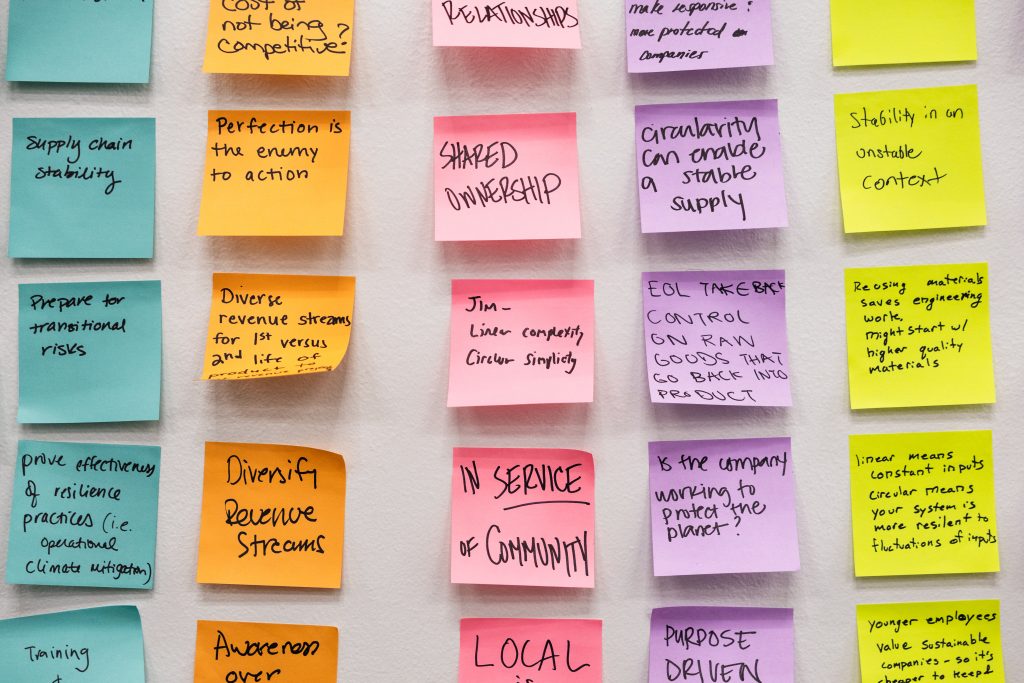
WDM: Regarding resilience: this section built a strong defense for companies being circular for resource independence and revenue diversification. What strategies can our built-environment audience take from these learnings to design, build and operate their facilities?
Heidi Frasure: The built environment isn’t going anywhere, and that’s a good thing. So, make long-term decisions when you can, investing in community and continuity. Don’t get stuck in short-term thinking. Design spaces that can stand the test of time and have a clear plan for what happens at the end of the lease, before you even begin the design. Understand your options and how your choices can unlock significant value.
Approaching everything through a circular lens helps identify opportunities for reuse and optimize costs. With global supply chains becoming increasingly fragile, leaning on local supply chains or reuse is a smarter, more resilient strategy.
And remember, you can’t do this alone. A circular economy thrives on partnerships and networks, so leverage experts like Green Standards to help make it work.
WDM: In closing, is there anything else about your new field guide that you’d like to share with our readers?
Heidi Frasure: Circularity is really just common sense! Less waste creates more value for everyone. It really doesn’t matter what you call it so long as you do it. If you do it right, you’ll save time, money, waste, carbon emissions, and headaches. If you’re looking to make your next project more resilient, efficient, and impactful, let’s talk. We’d love to help you get started!
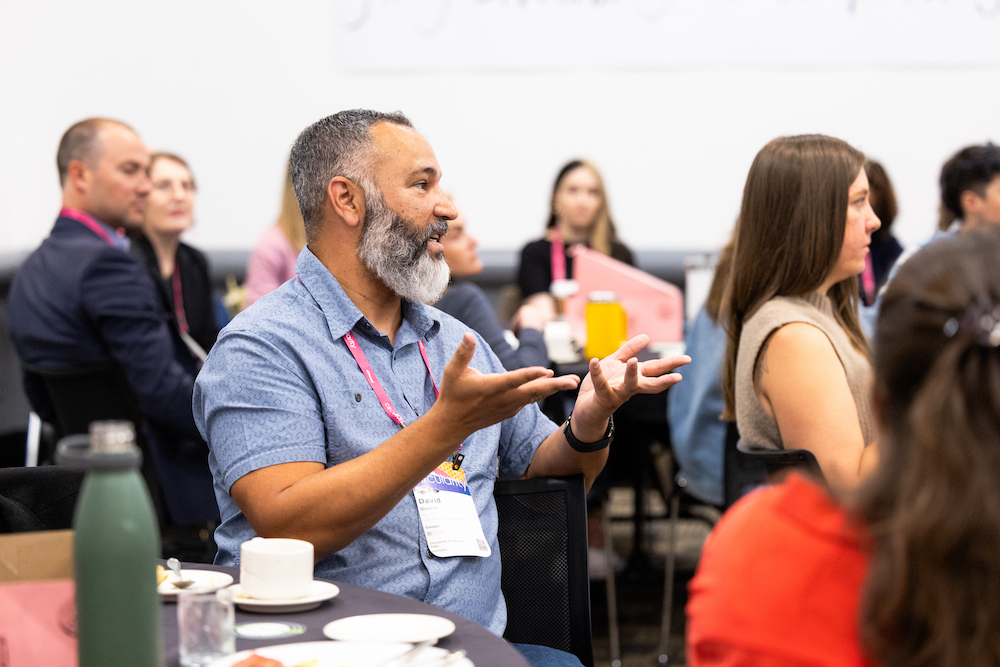
Want More?
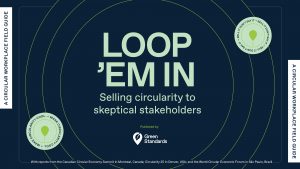 Download your copy of “Loop ‘Em In: Selling Circularity to Skeptical Stakeholders” here today
Download your copy of “Loop ‘Em In: Selling Circularity to Skeptical Stakeholders” here today
This article was created in partnership with Green Standards. Images courtesy of Green Standards.

